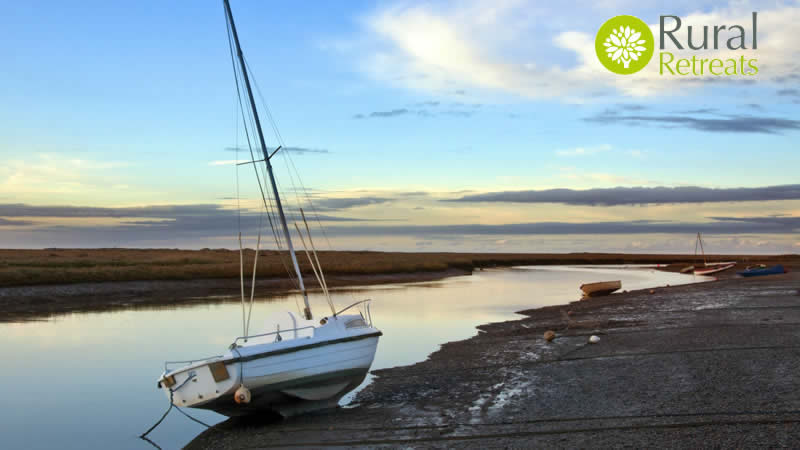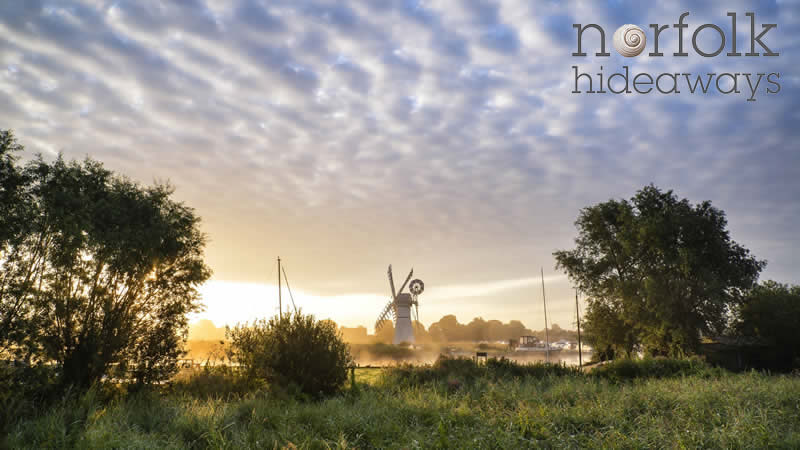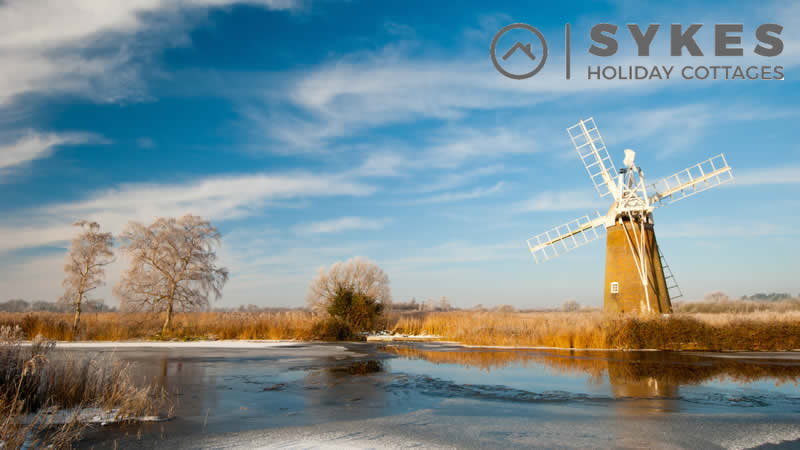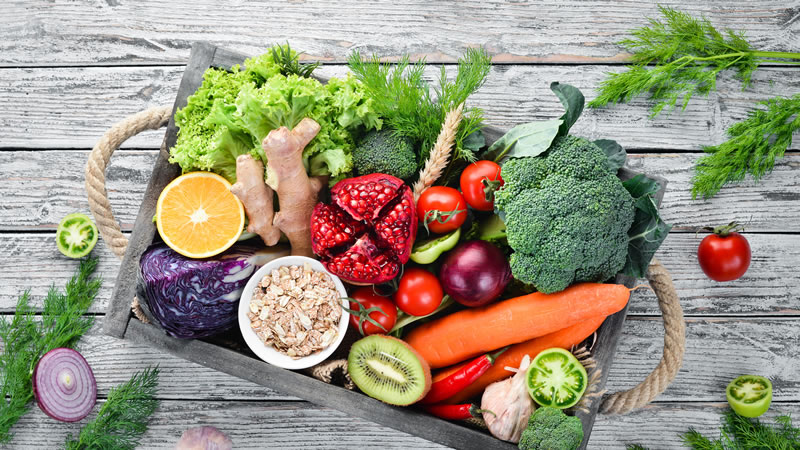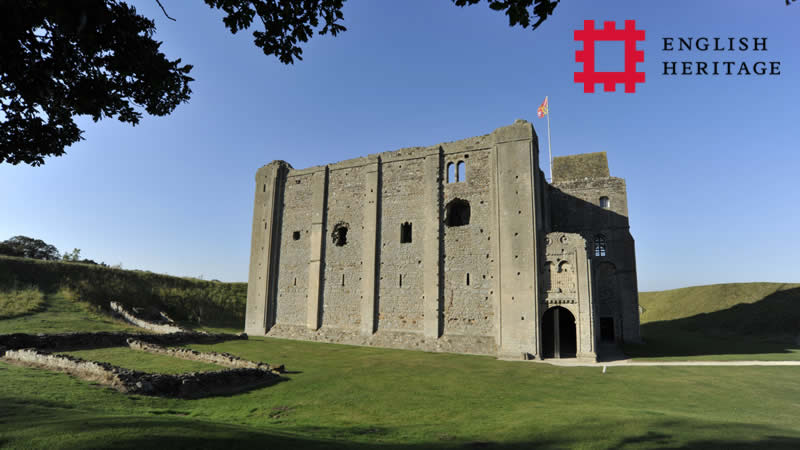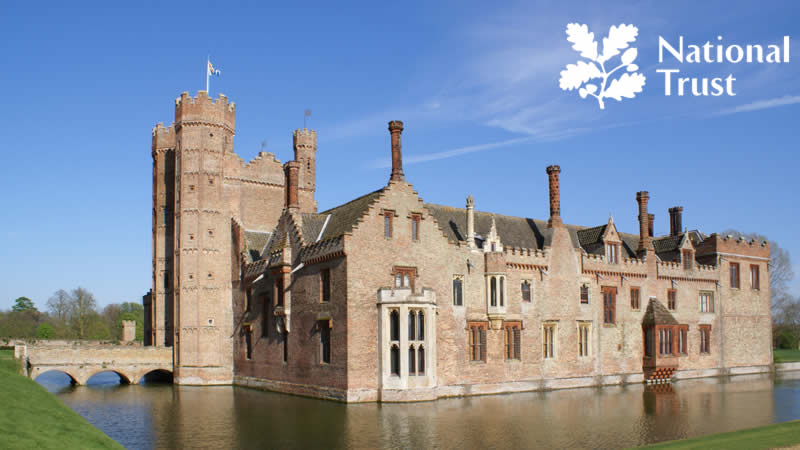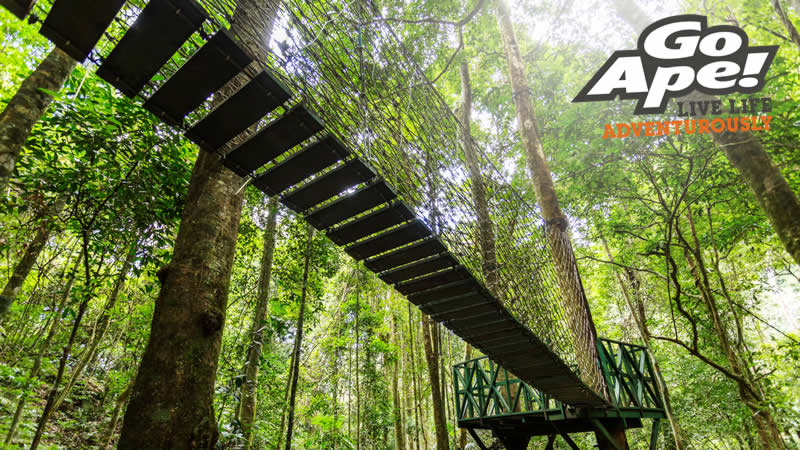Eaton
Although Eaton is a city suburb, it still has a village feel. Its boundaries are from Eaton Park in the north to Eaton Golf Club in the south-east. The valley of the River Yare separates it from its neighbour, Cringleford.
Its name is derived from the old English meaning: ‘town on a river’.
Horticulture was Eaton’s main industry, with nurseries stretching along much of Bluebell Road that were owned by the firm of Ewings. Along the other side of the road was land owned by the Morse brothers, who specialised in the growing of roses.
Brewing was another local industry with such companies as Cooper Brown and Co. The village sign, with its elephant and barrel, has been a topic of conversation over the years; it has occupied its position since 1956 and is a play on words; the ‘E’ for elephant and ‘tun’, another word for a barrel.
Eaton’s population has grown substantially from a mere 153 in 1693 to 1,200 in 1871 and in the region of 12,000 in 1953.
There are many desirable properties, including thatched buildings, the highest proportion in Norwich.
Eaton has a very popular park, including football pitches, tennis courts, bowling green, pitch and putt, boating lake and a miniature railway open Sunday afternoons during the summer months. There is a supermarket, several public houses and a variety of shops.
Useful links
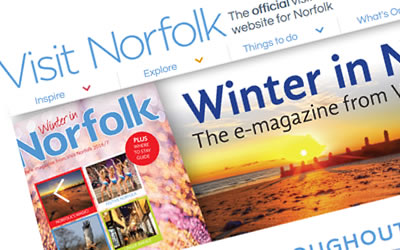
Visit Norfolk is the strategic voice of the county's visitor industry. This brand delivery vehicle, operated by Visit East Anglia, is responsible for promoting all that the county has to offer at local, regional and national levels.
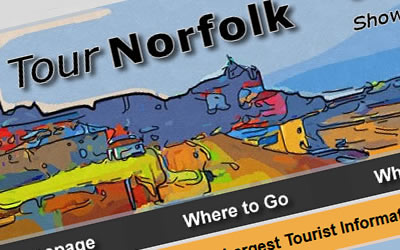
An independent tourist guide for the county of Norfolk in England, that shows you what places actually look like.
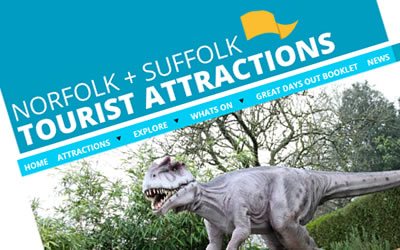
www.norfolkandsuffolkattractions.co.uk
Norfolk + Suffolk Tourist Attractions is the trade association for tourist attractions in Norfolk and Suffolk.

